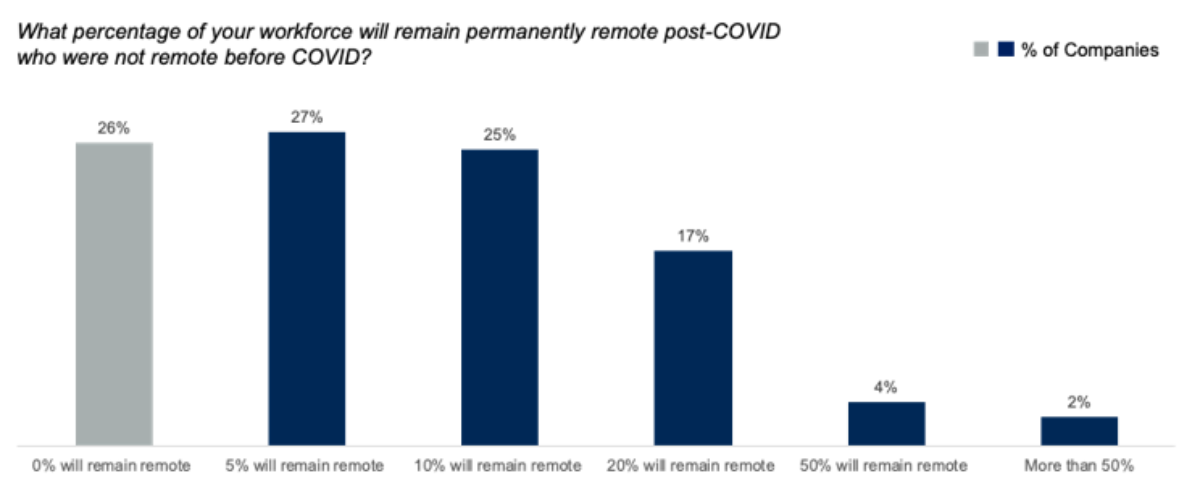CGS — a global provider of business applications, enterprise learning and outsourcing services — has announced findings from its 2019 CGS Customer Service Chatbots & Channels Survey. The results showed that consumers willingness to use AI as a go-to resource is waning as they struggle to have productive interactions.
CGS surveyed more than 1,000 U.S. consumers to better understand their preferences around customer service interactions. Consumers were surveyed as to what scenarios they are most concerned with, what channels they are more likely to use when dealing with stressful situations and how they feel about automation.
The survey showed that brands must balance millennial expectations and the anxieties of older consumers by offering a hybrid approach. As automation becomes widespread, there’s a clear age gap in its acceptance. The survey found that 86% of consumers prefer to interact with a human agent, and 71% of respondents said they would be less likely to use a brand if it didn’t have human customer service representatives available.
Findings show that many individuals still view speaking with humans vs. interacting with artificial intelligence (AI) as the best option for resolving issues. Only 30% believe that chatbots and virtual assistants make it easier to address customer service issues.
However, for respondents under the age of 35, confidence in AI-based solutions jumps to 43%. The younger generations might be warming toward automated channels but buy-in from the over 35 group will likely be slower and require a blend of human and automated options, according to CGS.
The search shows that consumer anxiety around AI-based interactions could tie back to current trends. When asked how they perceive the term AI as it relates to customer service, the majority of respondents (over one-third) felt that AI was “maddening,” it’s unable to fully address their needs or said it’s just downright sci-fi futuristic.
AI-based interactions are essential for companies to scale their service needs, but brands need to consider the best use cases for this next-gen technology and be transparent with their customers as to how they are using it. For example, robotic process automation (RPA) can significantly reduce the time customer service agents spend doing manual tasks such as retrieving customer records and give them more availability to handle more sensitive or complex customer interactions. With more transparency as to the use of AI in the process and strategic deployment, consumer confidence in this technology will rise.
CGS says consumers may be showing signs of chatbot-fatigue or backlash, causing a desire for more human interactions. With retail companies offering one-day delivery, it may seem like consumers favor speed above everything else. However, when it comes to customer service, the survey found that consumers want more than convenience or speed.
The 2018 CGS Global Consumer Customer Service Report showed that half of the respondents looking for a quick answer would choose chat over all other channels. In 2019, only 29% picked that method of communication; and 40% of respondents chose the phone or voice option first. Additionally, a majority (65%) of respondents believe that using AI for customer service has some negative connotation, ranging from bad customer service to it being incomplete in its follow through or effectiveness. CGS says that companies looking to integrate AI in customer service must consider that consumers do not see AI as complete, helpful, knowledgeable or empathetic as a human support agent, necessitating a balance of agents and automated channel options.
“As more companies look to automation and AI-enabled chatbots to improve productivity and customer service response time, it should not be done at the expense of the customer journey,” said Steven Petruk, president, Global Outsourcing division, CGS. “From our survey, it appears that this transformation to AI-driven technology may be occurring faster than the consumers’ willingness to embrace it. It’s critical to consider which demographics the company is serving, and then apply the best tools to serve them. Even with automation, customer service still requires a human element in the touchpoint cycle.”





